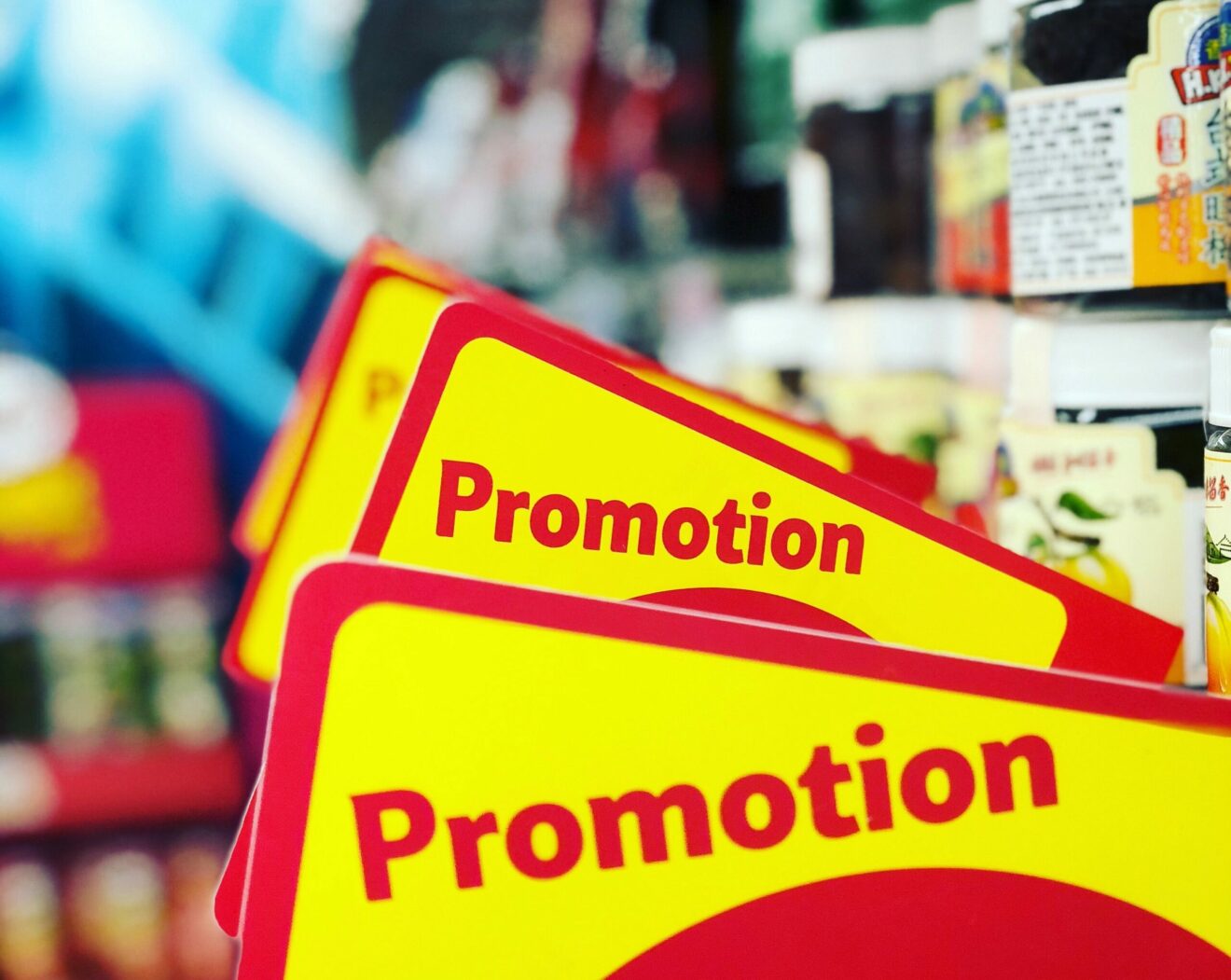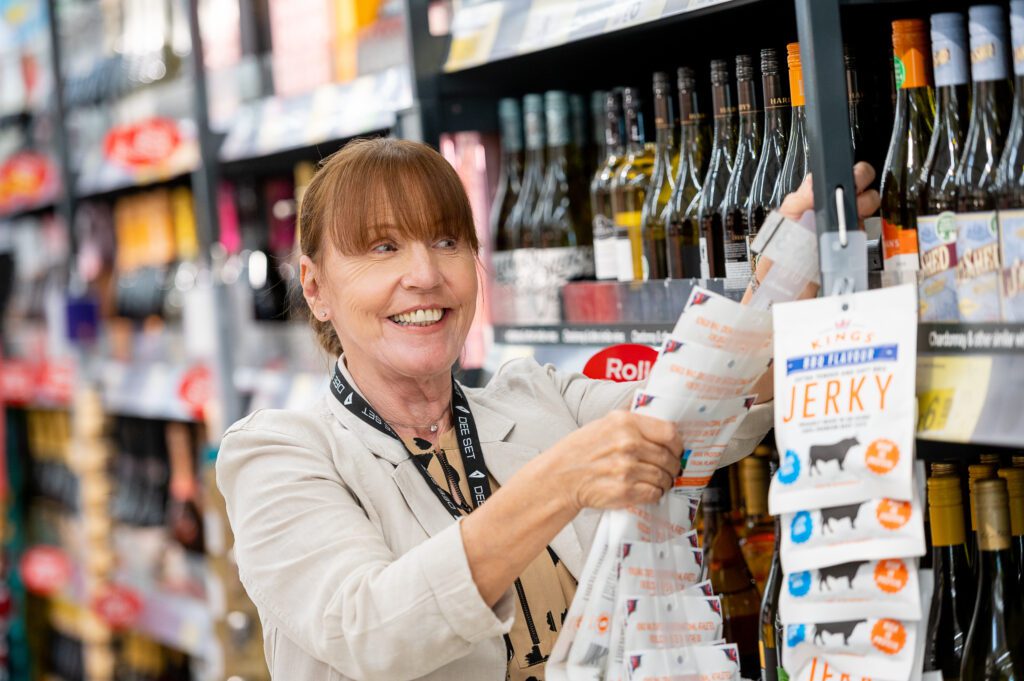
If you’re a business that’s looking to engage with customers on the shop floor and in stores, you need to read this guide to shopper marketing. You may even already be investing in certain shopper marketing tactics without even knowing it, but that’s not going to cut it. To ensure maximum impact in stores, you need to make sure that you’re tackling things head-on - the best way to do that is by ensuring that you have a full retail analytics strategy in place. With the right strategy, you’ll have accounted for every eventuality, helping you to tackle issues and maintain high-performance levels in the long run. If you’ve never delved into retail merchandising and shopper marketing before, it can be a little confusing, but that’s where our expert team comes in. Here at Dee Set, we’re passionate about amplifying your business. When you’re thriving, we’re satisfied. If you’d like to chat with our teams to learn more about how we can assist your activity, be sure to get in touch with us today. But keep reading our guide to shopper marketing to learn more right now! Shopper marketing isn’t one specific thing. It’s a set of principles that you need to deploy to ensure that you’re considering every aspect that could impact your returns on the retail shop floor. From increasing awareness and building loyalty to tracking sales and analysing your performance (thanks to our image recognition technology), every action that you take to optimise your retail strategy is, in theory, a form of shopper marketing. What’s interesting is that shopper marketing doesn’t necessarily have to be done internally - you can work with external partners to attempt to improve your strategy and boost performance. In many instances, this can be the most effective way to achieve results - if in doubt, why not leave it to the experts? To us, retail marketing is essential. Without it, products could flop, businesses could fail, and employees could lose jobs. The impacts of a poor strategy run deeper than you might think, and the damage that it causes can be devastating if you don’t take action to rectify it. Don’t be scared, though - as we said, there are experts on hand to help you through the process, such as our talented team right here at Dee Set. Our team has the knowledge and experience to set your business up for shop floor success - all you have to do is work with us to create a strategy that aligns with your business goals, and we’ll take care of the rest! Reach out to our team right here on our website if you’re ready to start your retail marketing journey! The 4 P’s are the fundamentals of any retail marketing strategy. Essentially, these are the 4 most important things that you need to consider before you place your products in any retail setting, from grocery stores, supermarkets, department stores, and wherever else you may be planning to stock your brand. The 4 P’s of shopper marketing are: In an ideal world, your product will be found in multiple well-thought-out locations throughout any shop or store. This increases the number of touchpoints that you have with potential customers, giving you more opportunities to persuade them to make their final purchase decision. But that’s easier said than done, especially when real estate within stores is already at such a premium. That’s why you need to consider ‘place’ with a fine-tooth comb. By seriously considering where your products will be placed within stores and monitoring the performance of the products in these locations, you’ll be able to gather data, review, and figure out where’s working best and which areas of the store you might need to avoid. This’ll help massively when it comes to assigning shelf or FSDU space to your different product ranges - if certain products work better near checkouts, you can place those there, but if others work better in a self-contained display unit, you may be able to incorporate this into your strategy instead! Promotion is the key to marketing. It’s how you entice customers, intriguing them to peek behind the curtain and learn more about a product or brand that they’ve never encountered before. When it comes to building awareness, promotion is probably the most important P - it generates a buzz that leads to increased visibility. With more shoppers seeing your brand and interacting with your product, it’s natural to see an increase in sales shortly after! If you want to find out more about the effectiveness of promotional schemes, check out our blog. You’ve probably spent a long time working out your pricing model. Perhaps you’ve decided to come into the market as a cheaper alternative to an established product with a huge market share, or maybe you’re looking to enter a new field as a premium option. However you decide to price your product, it needs to be something that you’ve given enough time and effort to get right. The purchase price that shoppers pay for your product can be one of the most memorable parts of their consumer journey - because of this, there needs to be justification for the price that you’re charging them. This is especially important for new premium products that are entering the market. If there are no significant benefits over the competition, you’ll likely see very few repeat purchases, signalling a failed product launch. Above all, you need to consider the product. This is, without any doubt, the most important aspect of any retail marketing strategy and will more than likely be the reason that your investment soars or fails to take off. Product is the central piece of your activity - it’s in the spotlight and it has to be just right to succeed. One of the key boxes that any product needs to tick is differentiation - how does your product stand out when stacked up against your competitor’s offering? If there’s no distinct difference, you’re probably already starting on the back foot, so you’ll want to make sure that you increase your marketing activity to significantly boost visibility, whilst also honing in on promotion to entice new customers to deviate from their preferred brand. Besides the 4 P’s, there are 3 further aspects that you need to consider to ensure that your shopper marketing strategy sets you up for big gains rather than flat performance. These are known as the 3 C’s! The 3 C’s are much more consumer-oriented than the other set of considerations, forcing you to think more about who you’re selling to rather than what you’re selling and how you plan to position it in stores. First of all, let’s talk about customers. These are the people who directly impact the success of your brand and products through their decisions and purchase actions. Your job is to do everything you can to position your product in a way that entices the customer to alter their behaviours and make a purchase, but ultimately that decision rests with them. Whilst that is daunting, it’s also incredibly rewarding. If your product takes off, it means that you’ve managed to create a product that consumers felt compelled to invest in - there’s no bigger form of flattery than that! To us, the most important thing to look after in the ‘customers’ section of your shopper marketing strategy is customer service - you need to impress consumers from start to finish, which requires planning, effort, and dedication even after the initial sale has been made. That leads us to communication, which is often overlooked in the retail industry. Good communication keeps shoppers happy and helps them to build positive relationships with your brand - this is key when it comes to creating repeat purchase opportunities. As part of interacting with customers, you’re also going to have to be dedicated to receiving communication as well as sending it. By listening to what shoppers have to say, you’ll be able to spot issues clearly and make adjustments that genuinely benefit your customers - there is nothing that shoppers love more than a brand that cares about them. Practicality is everything in the modern age. We’re constantly looking for things that make our lives easier, even if that comes at an increased expense. But how do you use that to your advantage? In our eyes, it’s simple. Remove any barriers that may prevent a sale, and you’ll see your cash flow increase significantly. To make things convenient, you need to make sure that you know exactly what your target audience is after. As a starting point, make sure that you’re able to answer “yes!” to all of the following questions: If you can provide all of this, you’re likely on the right track to achieving retail success! Shopper marketing isn’t easy. It takes experience, knowledge, and know-how to get it right, and unless you’re an expert in the field, you run the risk of getting it wrong. If that happens, months of planning, preparation, and anticipation can go up in smoke, leaving you with nothing to show for it. To avoid this, why not leave your field marketing strategy to the experts? Here at Dee Set, our team is well-versed in getting the most out of products when they hit the stores. From field marketing best practices and advanced technological solutions that help us to gather retail data and analyse, we’ve got a comprehensive process that leaves you with the results that you want to see. Speak to us today to learn how our team can help take your store's retail performance to the next level!So, What Is a Shopper Marketing Strategy?

Remembering the ‘4 P’s’ of Shopper Marketing Tactics
Don’t Forget Your C’s, Too!
Dee Set’s Expert Team Can Guide You Through the Retail Marketing Maze